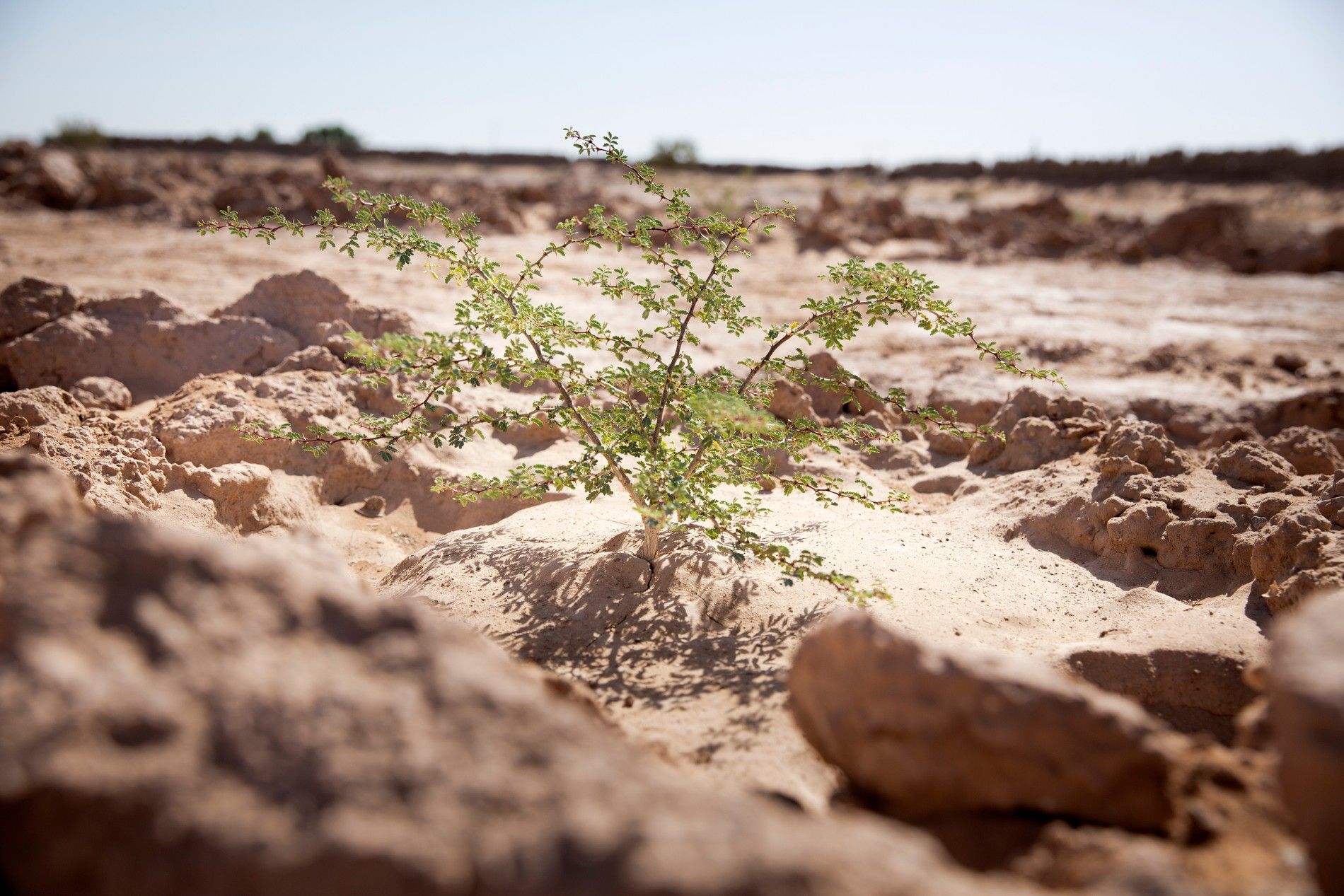Tatler+
The Perpetual Planet initiative is born out of Rolex's commitment to protecting Earth, improving lives and building a better future
The health of Earth is deteriorating—and fast—while climate change is a pressing issue. These are facts that have been placed in the international spotlight in recent years and remain important topics for educating the public so that there can be a shift in mindset and behaviour among people to affect change. Legendary oceanographer Sylvia Earle and famed marine photographer David Doubilet, who are also Rolex Testimonees, have reiterated on their recent visit to Singapore that daily actions can make a big difference. The science and research community, on the other hand, is doing its own part to save the planet. Take the team of scientists and explorers, which conducted a scientific expedition to Mount Everest earlier this year as part of the Perpetual Planet Extreme Expedition, for instance. They will be analysing data and information collected during the arduous three-month project and distilling it into findings, which can potentially help and save the lives of the large group of communities living around the Mount Everest area.
Most of what Earle, Doubilet and the Perpetual Planet Extreme Expedition team did have been strongly supported by Swiss watchmaker Rolex as part of its Perpetual Planet initiative, which is made up of three pillars. These include a renewed and expanded partnership between Rolex and National Geographic Society; Earle’s Mission Blue project to safeguard the oceans through a network of marine protected “Hope Spots”; and the Rolex Awards for Enterprise, a biennial initiative to support enterprising individuals helming exceptional projects to conserve our cultural heritage and protect the environment.
(Related: 2019 Rolex Awards For Enterprise Laureates: Brian Gitta, Miranda Wang And João Campos-Silva)




